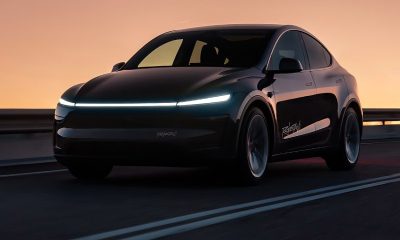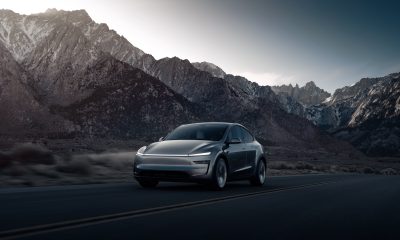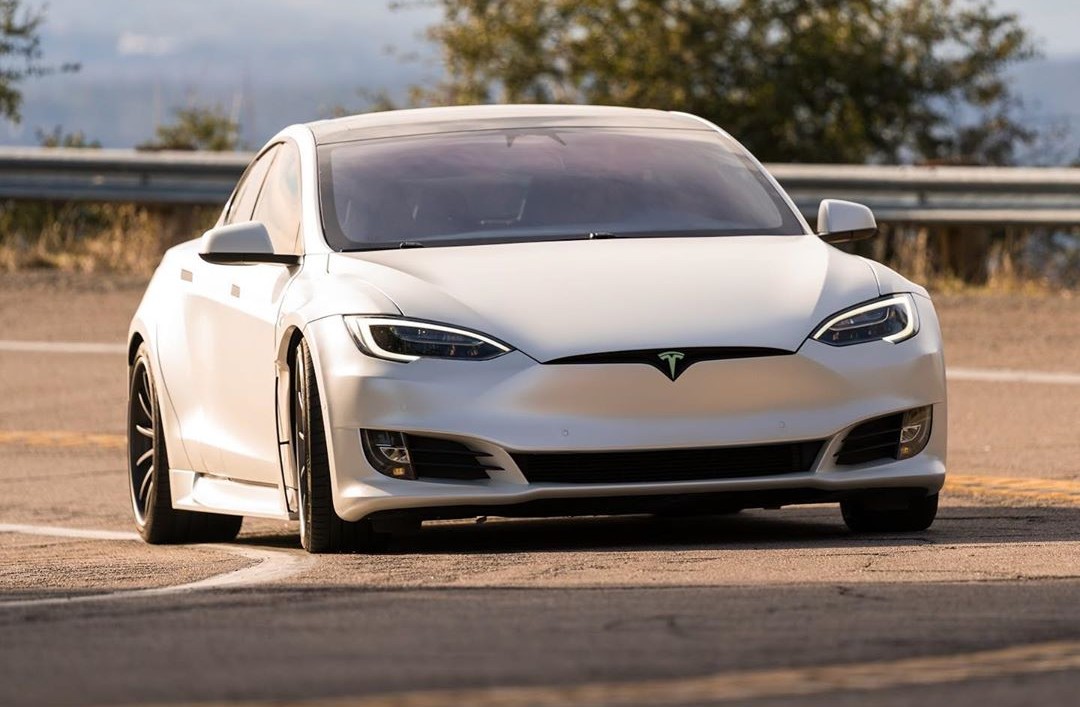
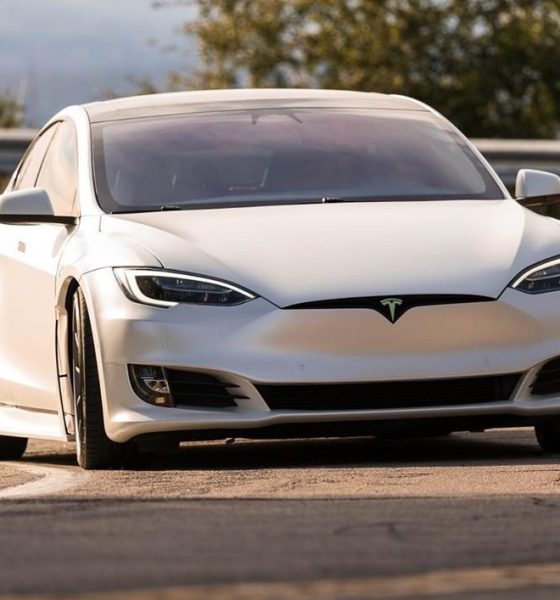
News
Tesla’s 400-mile Model S is a subtle update, but it’s a chilling reminder to rival carmakers
There is a particularly interesting trend happening in the electric vehicle sector. While it is undeniable that Tesla is leading the industry’s shift to EVs, veteran carmakers are prone to claim that they have or are developing technology that is at par or superior to the electric car maker’s innovations. The Tesla Model S’ 402-mile EPA rating subtly sends a message that this is not necessarily the case.
For some time now, there has been a lot of talk surrounding Tesla and its upcoming Battery Day event. The company has been pretty thin on the specifics of the event, but speculations are abounding that discussions will be held surrounding the company’s next-generation batteries. Tesla has not formally hinted at the details of these batteries, though all signs point to cells that would be able to last a million miles. Discussions about other innovations such as cobalt-free cells for China-made Model 3s are also expected to be held at the event.
Similar to how vehicles like the Porsche Taycan and the Audi e-tron were dubbed as “Tesla Killers” in previous years, veteran automakers such as GM appear to be keen on establishing the idea that it is not being left behind in the EV race. Just last month, for example, GM Executive Vice President Doug Parks stated that the automaker’s own “million-mile” battery is “almost there.” Parks stated that there are multiple teams within GM that are working on zero cobalt batteries as well.
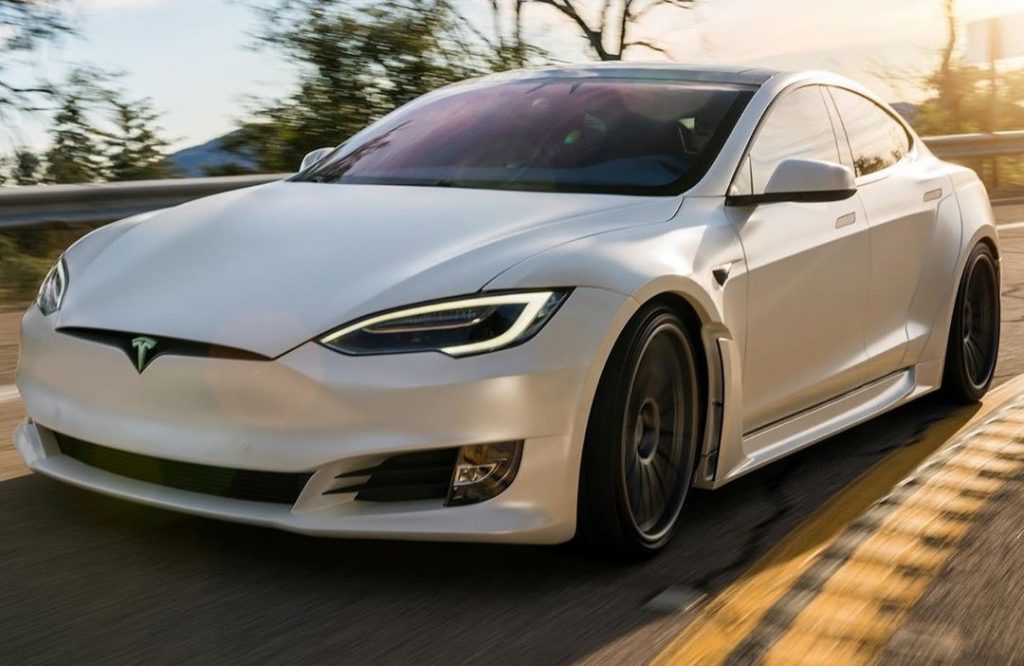
Such statements from GM only validate Tesla’s points about electric vehicles. The fact that the veteran automaker’s battery plans seem to be inspired, at least in some way, by the younger EV maker means that the auto industry has now reached a point where electric powered transportation is a given. That being said, there is very little doubt that the Model S’ updated EPA ratings, which show that the 100 kWh flagship sedan could go 402 miles on a single charge, is likely sending some chills down the spine of Tesla’s rivals.
As noted by Tesla CEO Elon Musk, every Model S that has been produced since January has been equipped with a 402 mile range. This feat, as stated by the company in an announcement on its official website, was accomplished through a variety of means, including significant mass reduction, new aero wheels that optimize efficiency, increased drive unit efficiencies, and optimized regenerative braking.
What this means is that Tesla was able to draw out 400 miles of EPA range from a 100 kWh battery pack using its current battery technology. The 400-mile Model S today is just a hyper-optimized version of the Raven series that came out last year. Unless Tesla states otherwise on Battery Day, it appears that the current generation Raven Model S is not yet equipped with the company’s next-generation million-mile batteries.
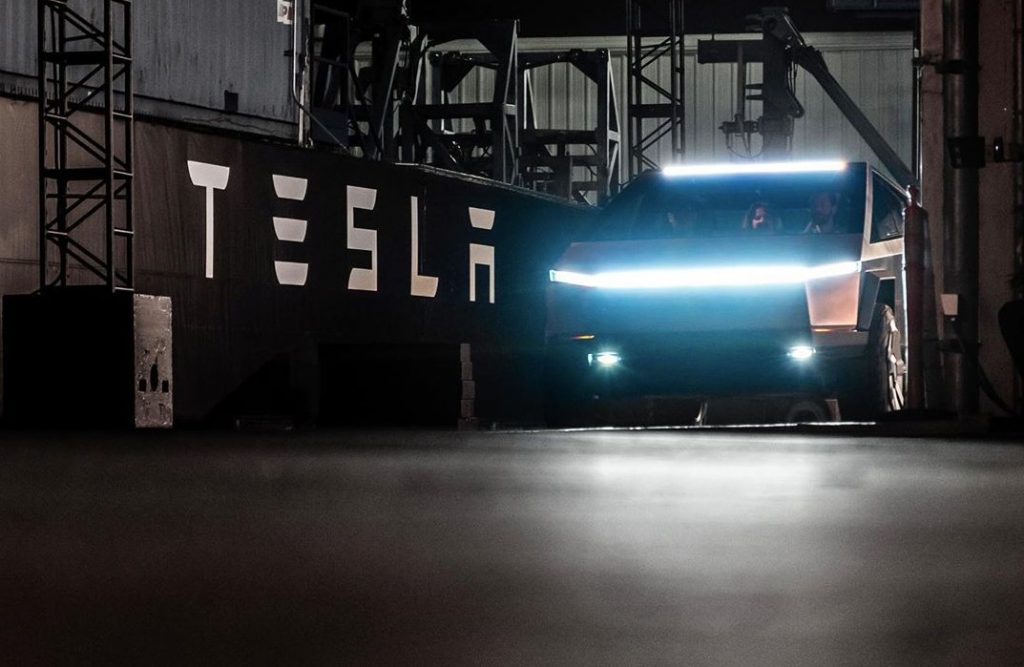
It should be noted that other companies have pledged to release vehicles with a range of 400 miles as well. Electric pickup maker Rivian’s flagship R1T pickup truck goes 400 miles too, but that vehicle is equipped with a 180 kWh battery pack. The GMC Hummer EV, widely speculated to be a legitimate competitor to the Tesla Cybertruck, is also poised to be released with a 400-mile range. But just like the Rivian R1T, there’s a good chance that its battery pack will be substantially bigger than the 100 kWh pack used in Tesla’s flagship sedan.
Of course, it would be easy to argue that larger vehicles like the Rivian R1T and the GMC Hummer EV would obviously need more batteries due to their size, but it should be noted that Tesla’s Cybertruck, which will likely have a battery that’s far larger than the Model S’ 100 kWh pack, has some impressive range as well. During its unveiling, Elon Musk noted that the all-electric pickup’s tri-motor variant will have over 500 miles of range. The specifics of the Cybertruck’s battery have not been disclosed by Tesla yet, though it is almost certain that it will be utilizing the company’s million mile battery cells.
So what does this mean for the Model S? With a million-mile battery and a 100 kWh pack, the flagship sedan’s succeeding generations will most likely achieve a range estimate that’s even more impressive than its current 402-mile EPA rating. And this, ultimately, is something that will be very hard to meet or compete with, especially among veteran automakers that have not dedicated the same amount of time and effort into developing battery technology from the ground up.
News
Tesla is launching a crazy new Rental program with cheap daily rates
This week, Tesla launched its in-house Rental program that will give people a vehicle for between three to seven days, with prices varying and starting at just $60 per day.
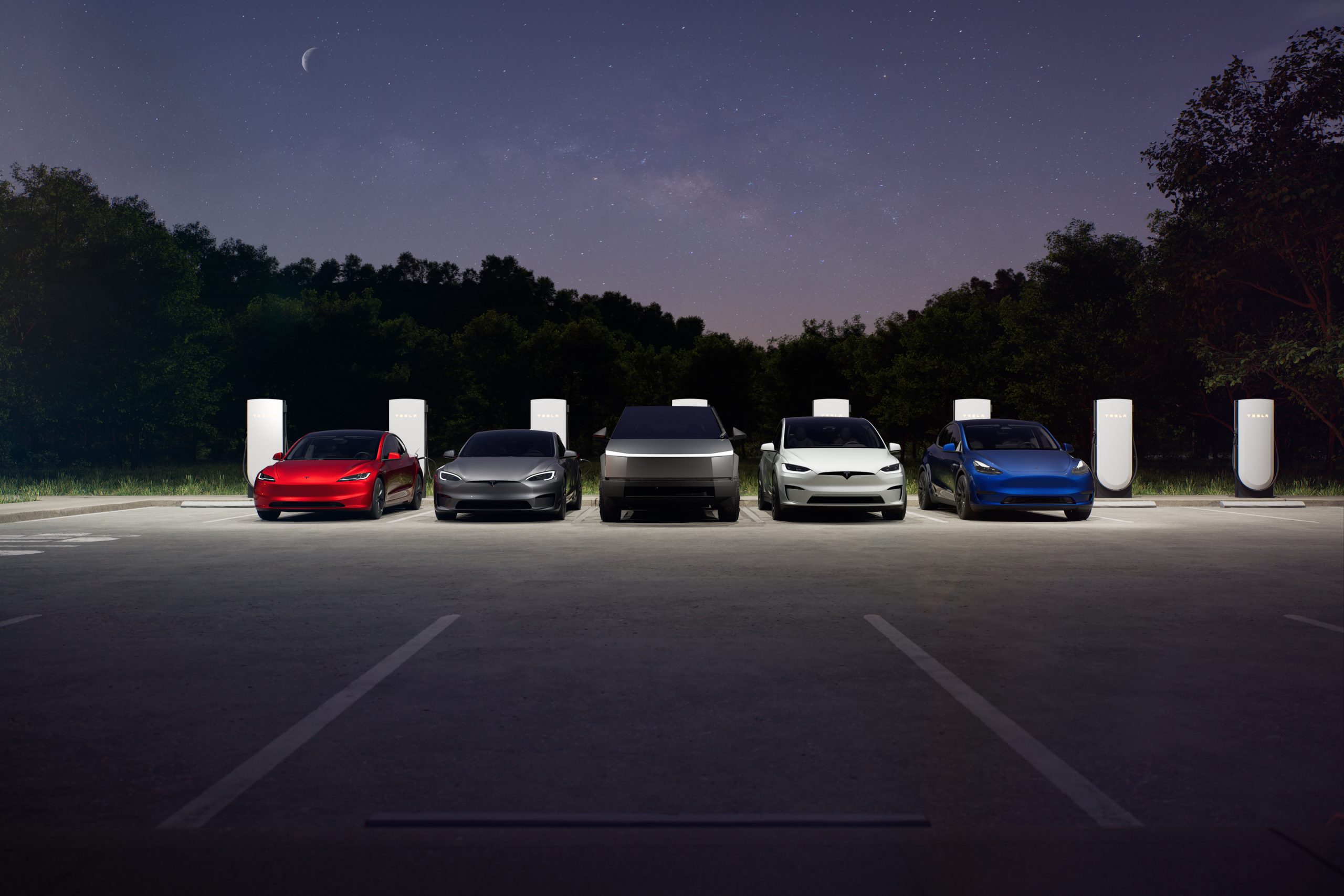
Tesla is launching a crazy new Rental program with cheap daily rates, giving people the opportunity to borrow a vehicle in the company’s lineup with an outrageous number of perks.
This week, Tesla launched its in-house Rental program that will give people a vehicle for between three to seven days, with prices varying and starting at just $60 per day.
However, there are additional perks that make it a really great deal, including Free Supercharging and Free Full Self-Driving (Supervised) for the duration of the rental.
There are no limits on mileage or charging, although the terms do not allow you to leave the state you are renting.
Tesla wrote in an email advertising the program:
“Rent a Tesla and see how it makes every errand, commute, and road trip more fun. While it’s yours, try Full Self-Driving (Supervised) and control and monitor your vehicle with the Tesla app.
Schedule your rental for three to seven days starting at $60 per day (plus taxes and fees) and charge for free at any Tesla-owned Supercharger.
Order your own Tesla within seven days of your rental to get up to a $250 credit toward your purchase.”
This is a great opportunity that will convince MANY people to make the jump.
All your concerns about switching are answered within two days. It’s easier than owning a gas car ever has been. https://t.co/QayTf6YVbw pic.twitter.com/TCHqfTRpes
— TESLARATI (@Teslarati) November 8, 2025
Tesla has long adopted the mentality that butts in seats will sell cars, and for the most part, it is a great strategy. Driving a Tesla is different from owning and driving a combustion engine vehicle; it truly feels as if you are in a car from the past when you get back in an ICE car.
This strategy could be looked at as more of a way for people to experience Tesla ownership than anything.
Although some might use it as a typical rental program that will see it be a cool way to drive without putting miles on a personal car, most will use it as the 48-hour test drive was designed for, which is a short-term way to experience EV ownership.
Tesla is only offering this program at a handful of locations currently, including San Diego and Costa Mesa, California.
News
Tesla makes online ordering even easier
Tesla has a great trade-in program that allows you to give the company your vehicle in exchange for cash, even if it’s not an EV. Their trades are mostly fair, but the company seems to undervalue its own vehicles, and there have been plenty of complaints over offers in the past.

Tesla has adjusted its Online Design Studio to make for an easier trade-in process, reflecting the details of the exchange for a more accurate reflection of payment terms.
Tesla has a great trade-in program that allows you to give the company your vehicle in exchange for cash, even if it’s not an EV. Their trades are mostly fair, but the company seems to undervalue its own vehicles, and there have been plenty of complaints over offers in the past.
Trade-ins are usually given by submitting vehicle details, then Tesla sends an email with an offer. Offers are non-negotiable, but do adjust over time, although the latest offer is valid for 30 days.
I traded my ICE vehicle for a Tesla Model Y: here’s how it went
Knowing your new Tesla’s cash price, leasing or loan details, and monthly payment information used to be done by the car buyer. From personal experience, I simply subtracted my trade-in from the cash price of the Tesla Model Y, and I plugged those numbers into the payment calculator.
Now, Tesla is implementing the trade-in process directly into the Design Studio. It will adjust the price of the car and the different monthly payment methods automatically:
Trade-in estimates available directly on our configurator in few states including CA, will cover all of US and Canada next week.
For loyalty customers, if their trade-in VIN is eligible for any loyalty credit, the same will be applied to the estimate. pic.twitter.com/7097vPleMf
— Raj Jegannathan (@r_jegaa) November 8, 2025
The change is already noticed in a handful of states, including California, but it has not rolled out across the board quite yet. It will be implemented in all of the U.S., as well as Canada, this coming week.
The trade-in process is very simple, and after you accept your offer, you simply drop your vehicle off during the delivery process. Making this simple change will be greatly appreciated by owners.
News
Tesla confirms Robotaxi is heading to five new cities in the U.S.
After launching in Austin, Texas, in late June and the Bay Area of California just a few weeks later, Tesla has been attempting to expand its Robotaxi suite to new states and cities in the U.S., and even outside of the country.

Tesla Robotaxi will hit five new cities in the United States in the coming months, the company confirmed.
After launching in Austin, Texas, in late June and the Bay Area of California just a few weeks later, Tesla has been attempting to expand its Robotaxi suite to new states and cities in the U.S., and even outside of the country.
The Robotaxi suite is a ride-hailing service Tesla offers, but the details of it change with each jurisdiction, as regulations vary. For example, in Austin, Tesla can operate the Robotaxi suite without anyone in the driver’s seat, as long as the vehicle does not enter a freeway.
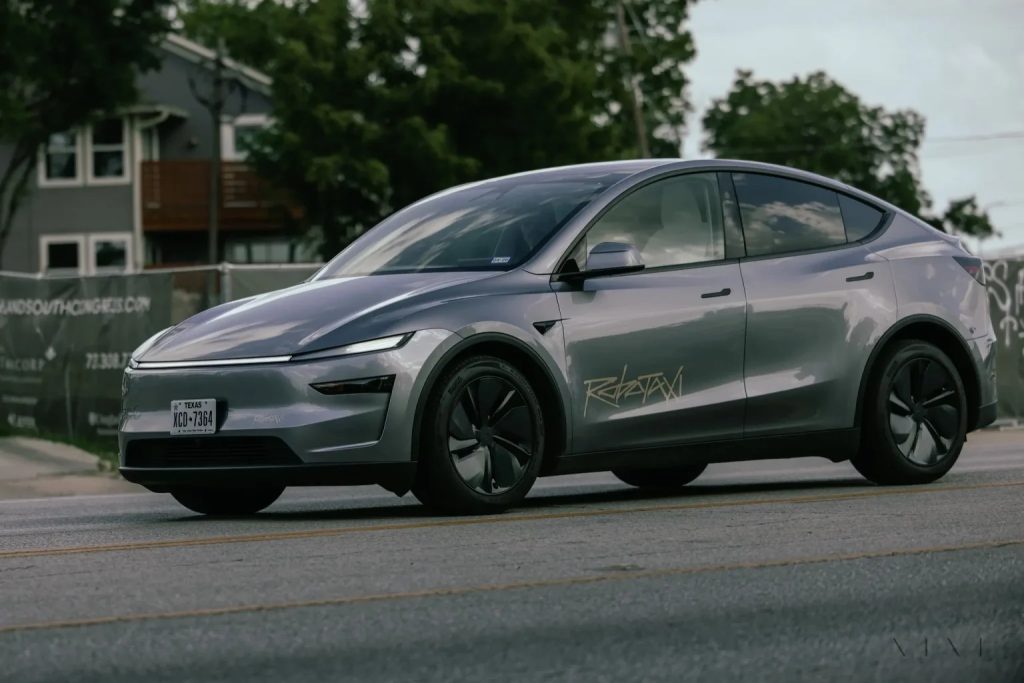
Credit: Tesla
In the Bay Area, a Safety Monitor rides in the driver’s seat, essentially acting as the vehicle operator with Full Self-Driving controlling the car.
The local regulations and how Tesla handles them will continue to be a relevant part of the discussion, especially as the company aims to expand the Robotaxi program to different areas. This has been a primary focus of the company for several months, especially within the United States.
CEO Elon Musk said that Tesla was aiming to launch Robotaxi in Nevada, Arizona, and Florida. However, the company detailed five specific cities where it will launch Robotaxi next during the Annual Shareholder Meeting on Thursday.
Tesla will launch Robotaxi in Las Vegas, Phoenix, Dallas, Houston, and Miami next, broadening its Service Area for the suite to more major cities across the U.S.
It has said it plans to offer the service to half of the U.S. population by the end of the year, but it does not seem as if it will expand to more than a handful of cities this year, which is still tremendous progress, all things considered.
As far as autonomy is concerned, Tesla has always had lofty expectations and has made some even loftier statements.
At the Shareholder Meeting, Musk said that the company would likely be able to enable vehicle owners to text while the vehicle drives, alleviating them from potentially having some of the responsibility they have behind the wheel.
Tesla says texting and driving capability is coming ‘in a month or two’
It is not confirmed that Tesla will roll this out in the next few months, but Musk said there is a possibility.
-

 News2 days ago
News2 days agoTesla shares rare peek at Semi factory’s interior
-

 Elon Musk3 days ago
Elon Musk3 days agoTesla says texting and driving capability is coming ‘in a month or two’
-
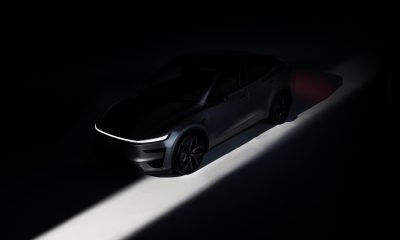
 News2 days ago
News2 days agoTesla Model Y Performance set for new market entrance in Q1
-
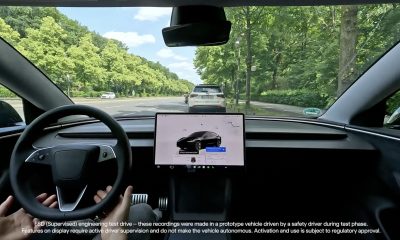
 News3 days ago
News3 days agoTesla China expecting full FSD approval in Q1 2026: Elon Musk
-
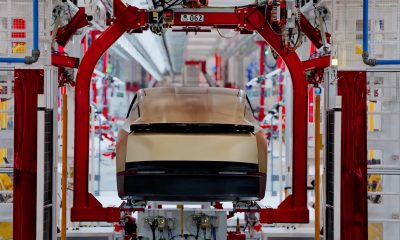
 News3 days ago
News3 days agoTesla Cybercab production starts Q2 2026, Elon Musk confirms
-
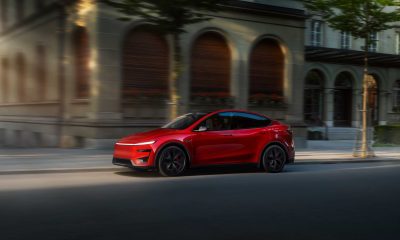
 News4 days ago
News4 days agoTesla Model Y Performance is rapidly moving toward customer deliveries
-
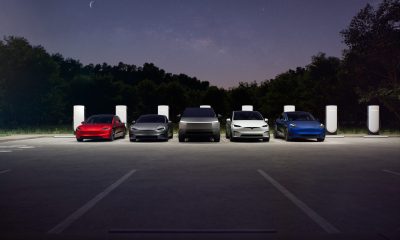
 News13 hours ago
News13 hours agoTesla is launching a crazy new Rental program with cheap daily rates
-
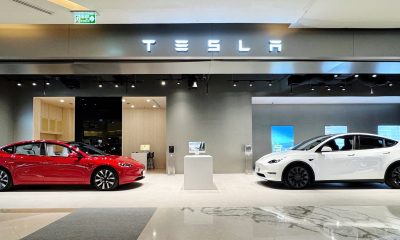
 News2 days ago
News2 days agoTesla makes online ordering even easier


